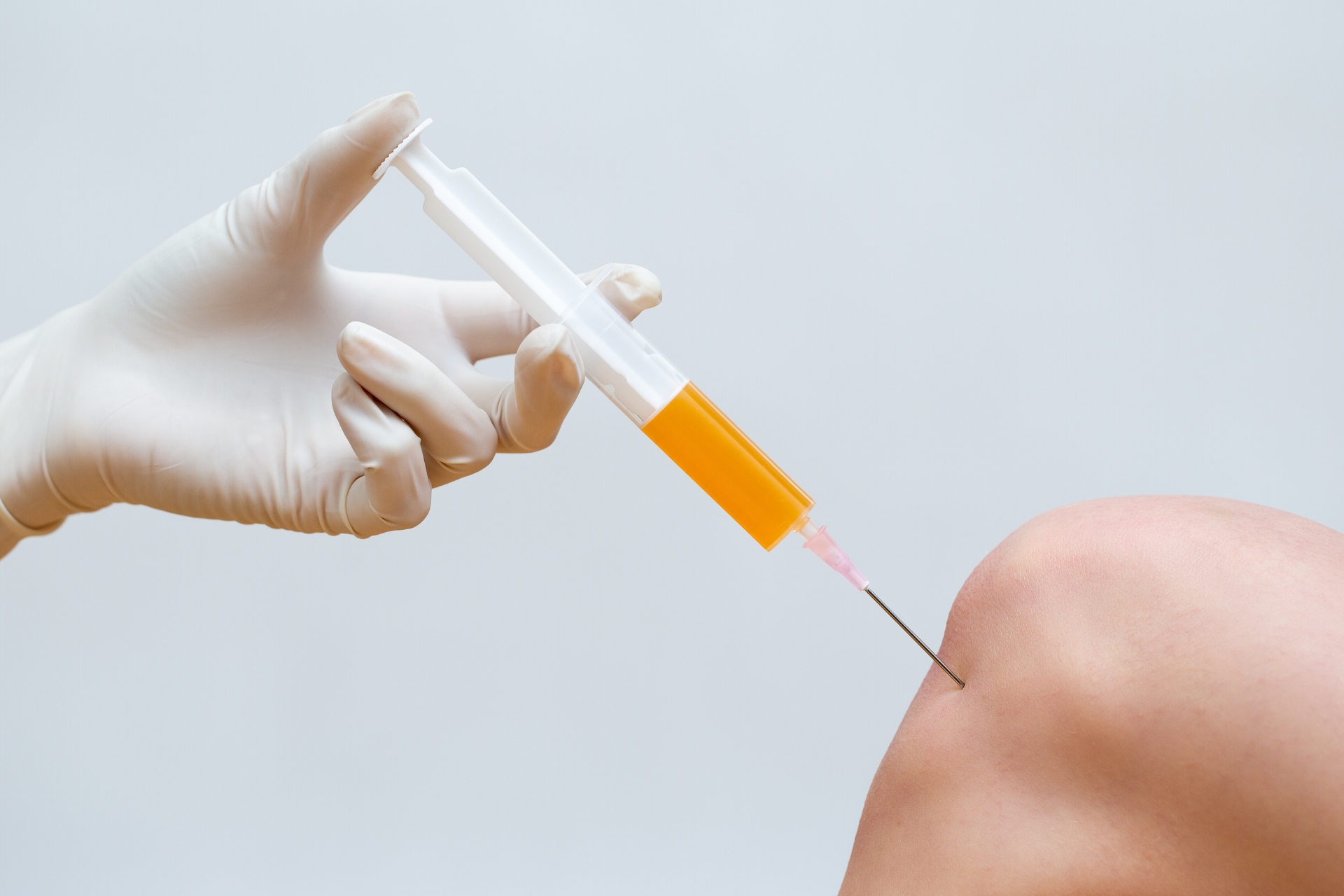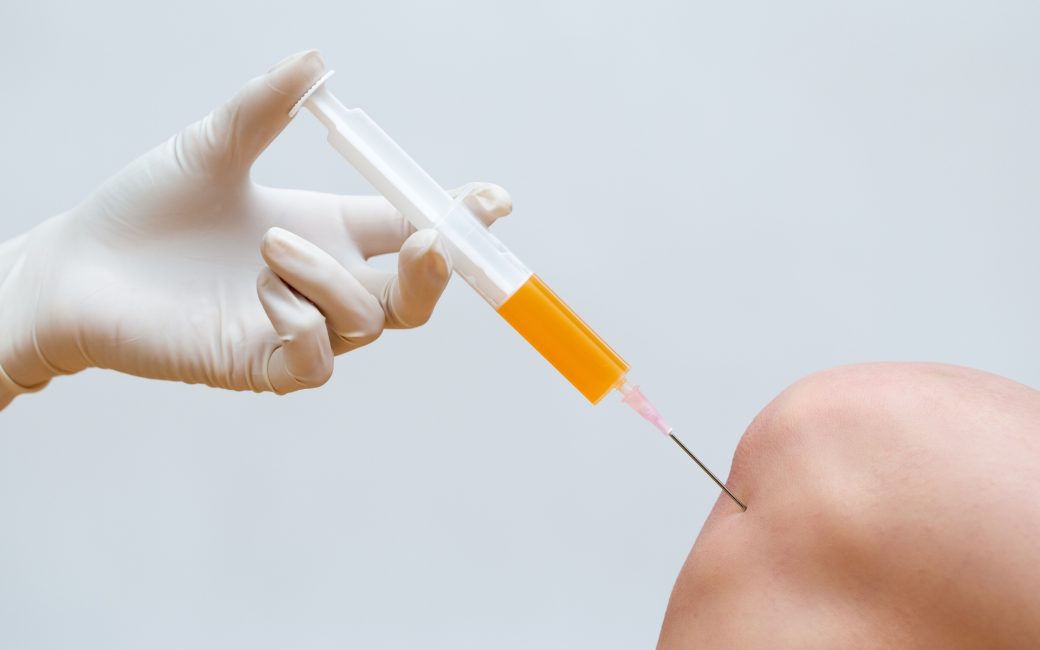Exploring the promising role of stem cell treatments in orthopedic conditions: unveiling the latest evidence
In this article, we will delve into the fascinating world of stem cell treatments and their potential for managing orthopedic conditions. As Dr. Peter Attia often emphasizes, staying informed about cutting-edge medical advances can help us make informed decisions regarding our health and well-being. So, let's embark on this enlightening journey, exploring the most recent evidence supporting the use of stem cells in orthopedic care.
July 5, 2023 | Michael Beecher, PT, DPT, OCS, SCS

Understanding stem cell therapy:
Stem cells are remarkable cells with the potential to develop into various specialized cell types in the body. Their unique regenerative properties have led researchers to explore their therapeutic applications in a wide range of medical fields, including orthopedics. Stem cell therapy involves using these cells to aid tissue repair, regeneration, and potentially even the reversal of certain degenerative conditions.
Orthopedic conditions, such as osteoarthritis, tendinitis, and ligament injuries, can significantly impact our quality of life. Traditional treatments often focus on managing symptoms, maintaining/improve quality of live or, in severe cases, surgical interventions. However, recent studies have shed light on the potential of stem cell treatments to revolutionize orthopedic care. In a study published in the Journal of Bone and Joint Surgery, researchers examined the effectiveness of stem cell therapy in knee osteoarthritis. The results demonstrated significant improvements in pain reduction and functional recovery among patients who received stem cell injections. These findings suggest that stem cells have the potential to enhance the body's natural healing processes and mitigate the underlying causes of orthopedic conditions.
Furthermore, research has shown promising results for using stem cells in the treatment of ligament injuries. A study published in the American Journal of Sports Medicine explored the use of stem cells to repair torn anterior cruciate ligaments (ACL) in athletes. The findings revealed improved ligament healing and functional outcomes compared to conventional treatments, potentially reducing the need for extensive surgeries and lengthy rehabilitation periods.
Safety and ethical considerations:
While stem cell therapy shows tremendous potential, it is essential to address safety concerns and ethical considerations. Researchers and medical professionals diligently work to ensure the highest safety standards when conducting clinical trials and administering treatments. Regulatory bodies and scientific communities closely monitor these developments to strike a balance between innovation and patient well-being. Current sources of stem cells are more numerous than earlier options and pose less of an ethical concern. Current options primarily include an individual's own cells, cadaveric cells, and cord blood cells that can be taken from umbilical cords and placenta.
The future of stem cell therapy in orthopedics:
As the field of stem cell research continues to advance, the future of orthopedic care appears promising. Ongoing studies are exploring innovative techniques such as tissue engineering, combining stem cells with biomaterials to create functional replacement tissues.
Moreover, advancements in personalized medicine and genetic profiling enable scientists to tailor stem cell treatments to individual patients, optimizing outcomes and minimizing potential risks. This personalized approach holds immense potential for enhancing the efficacy of orthopedic interventions and improving long-term patient satisfaction.
Conclusion:
Stem cell treatments offer significant hope for individuals grappling with orthopedic conditions. As the latest evidence suggests, these therapies hold the potential to revolutionize the field of orthopedic care, providing effective alternatives and enhancements to traditional approaches. It is vital that these treatments are incorporated into standard physical therapy and wellness practice to enhance outcomes rather than replace these proven treatments all together. The root cause of tissue breakdown, typically muscle imbalance, malalignment and movement deficiency, need to be addressed in order for lasting results to be realized. It is crucial to stay informed and consult with trusted medical professionals before making any treatment decisions.
Remember, the field of regenerative medicine is constantly evolving, and our understanding of stem cell therapies will continue to expand. By keeping abreast of the latest research and advancements, we empower ourselves to make well-informed decisions regarding our health and well-being. So, let us embrace the fascinating world of stem cell treatments as we strive for optimal orthopedic health and a better tomorrow.

Michael Beecher
Michael Beecher, PT, DPT, OCS, SCS, is a Titleist Performance Institute medical professional, a Hospital for Special Surgery credentialed advanced hip clinician and a certified dry needling specialist.
